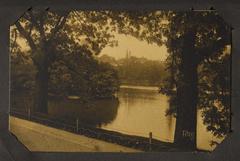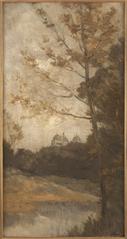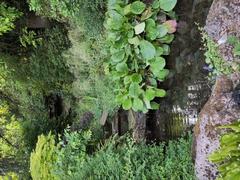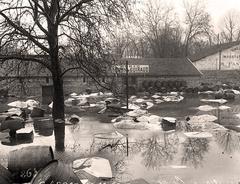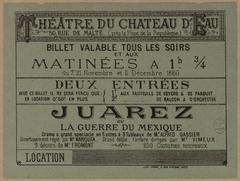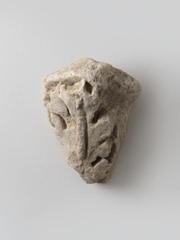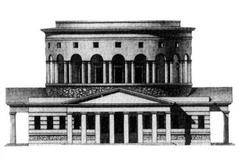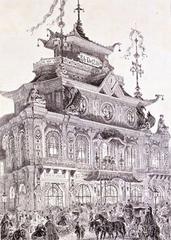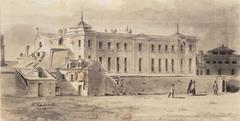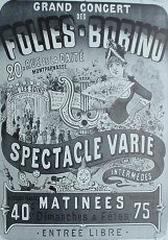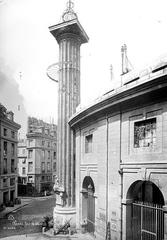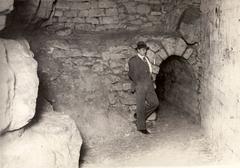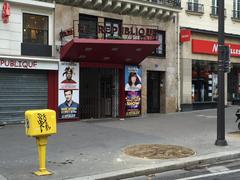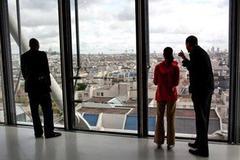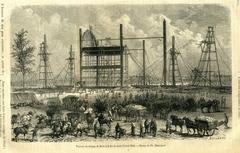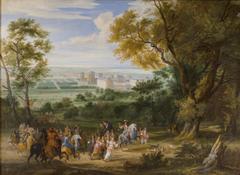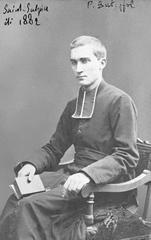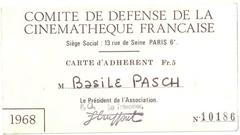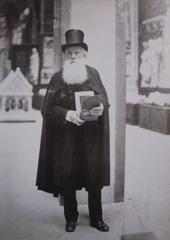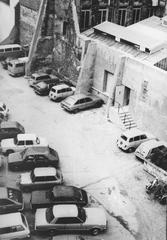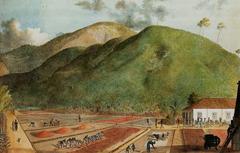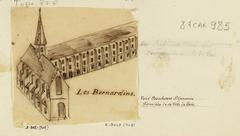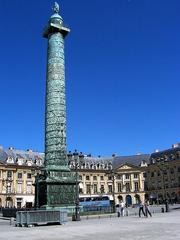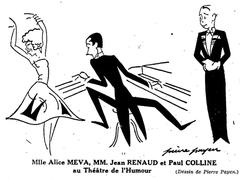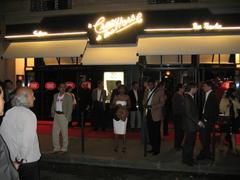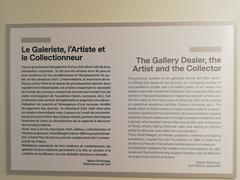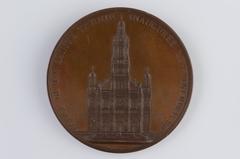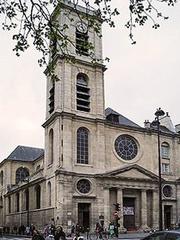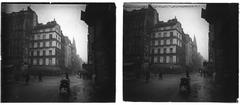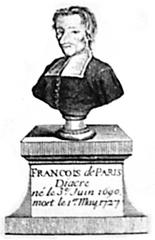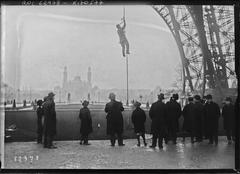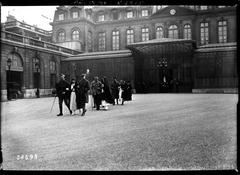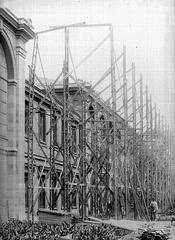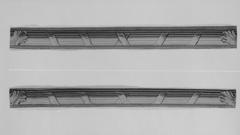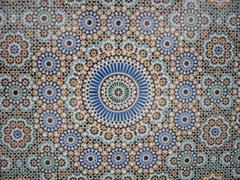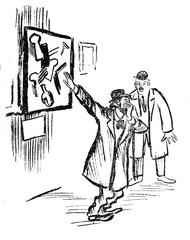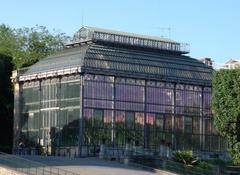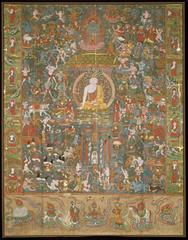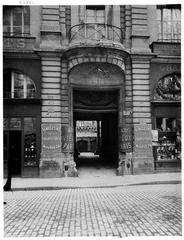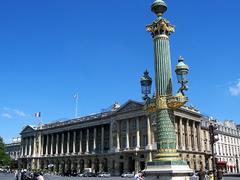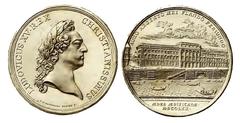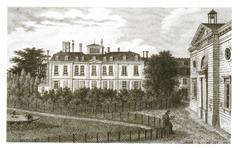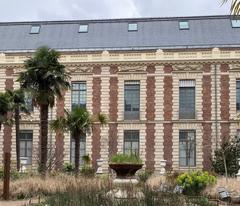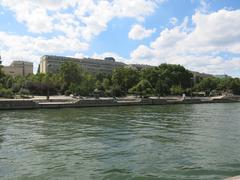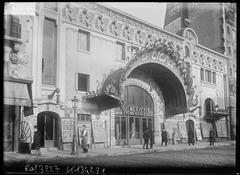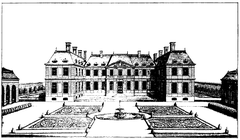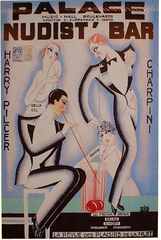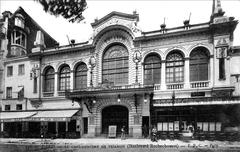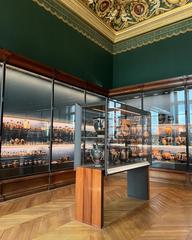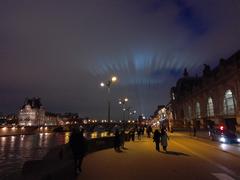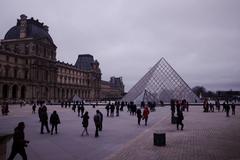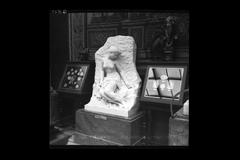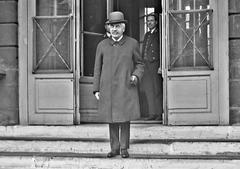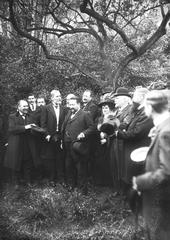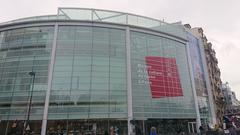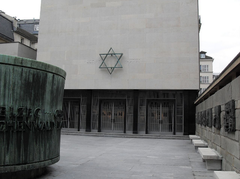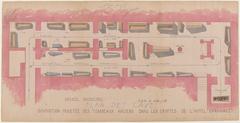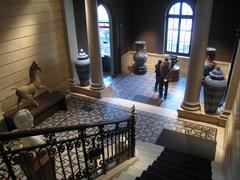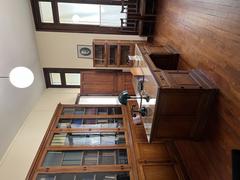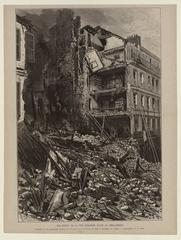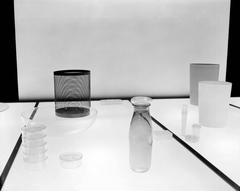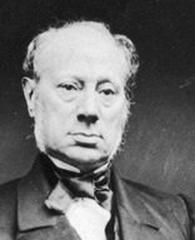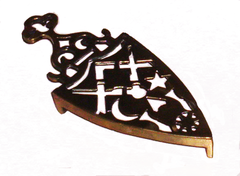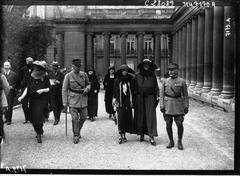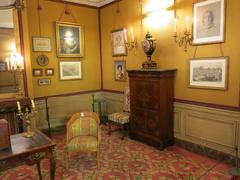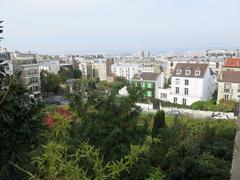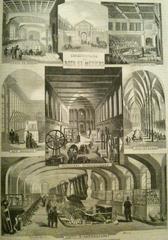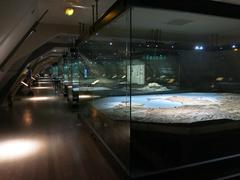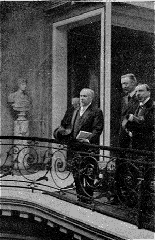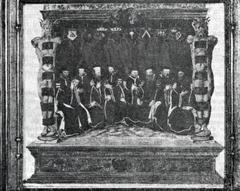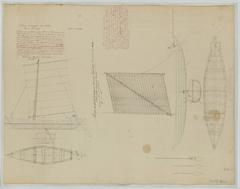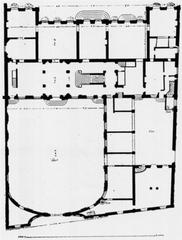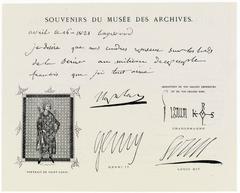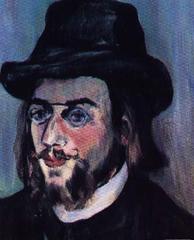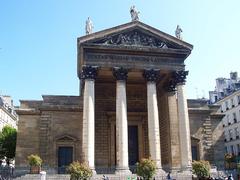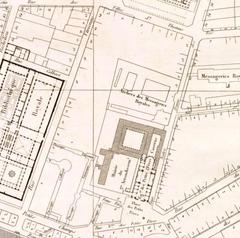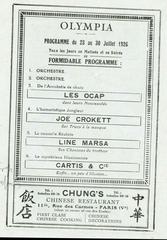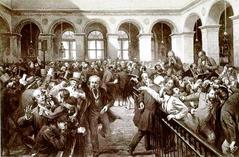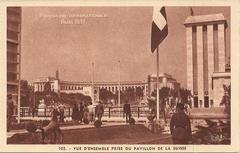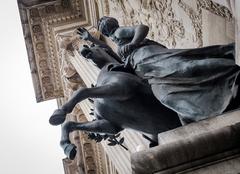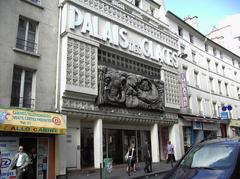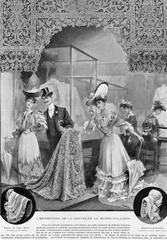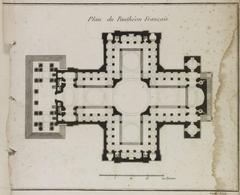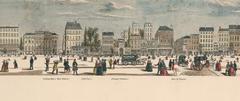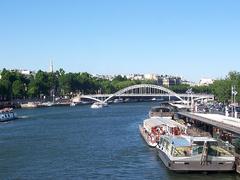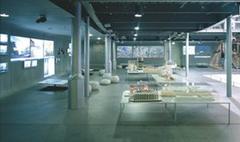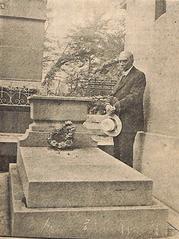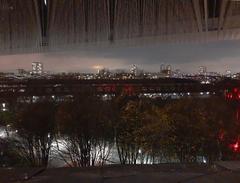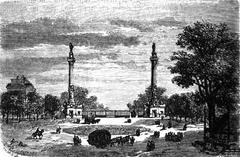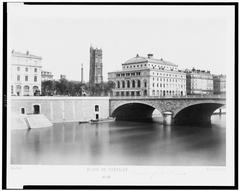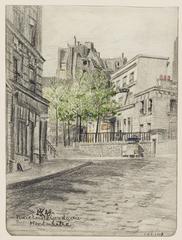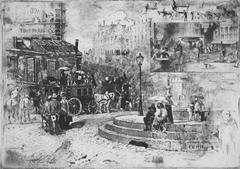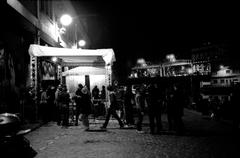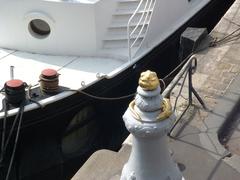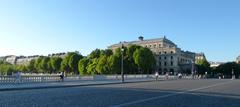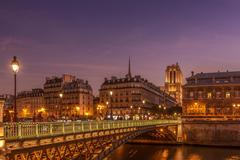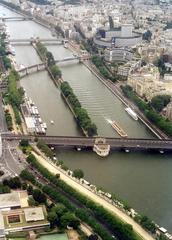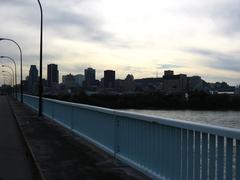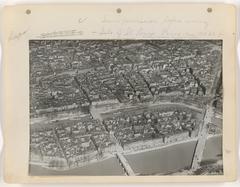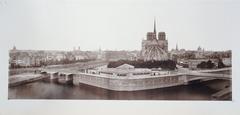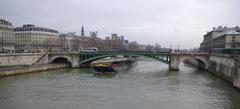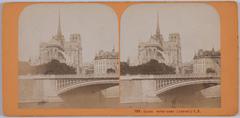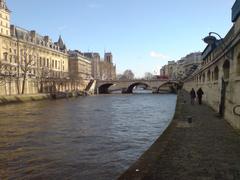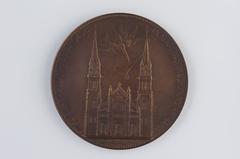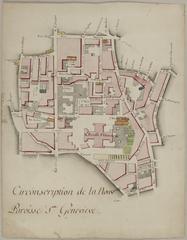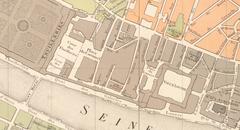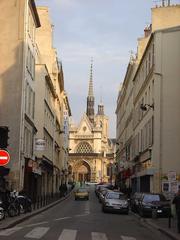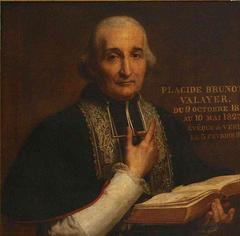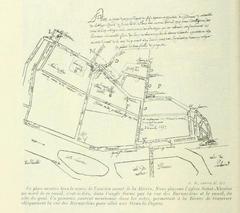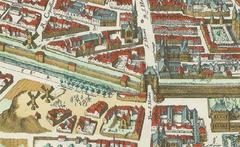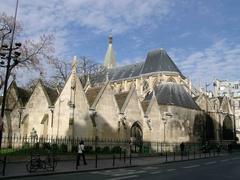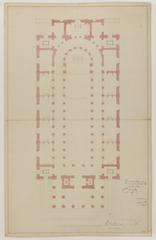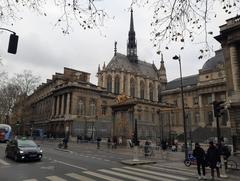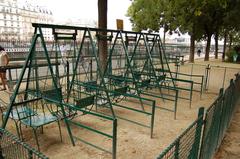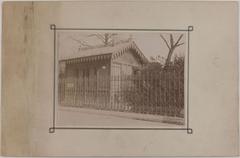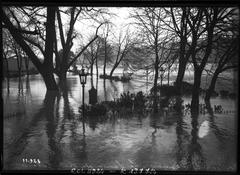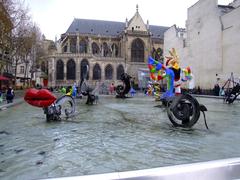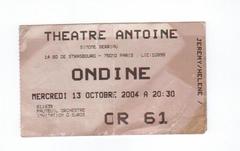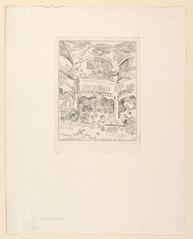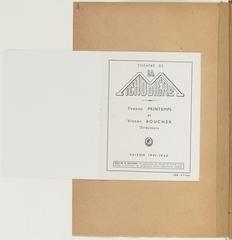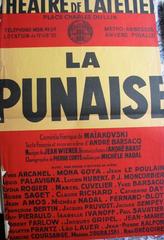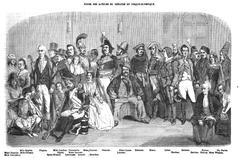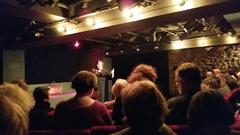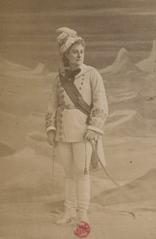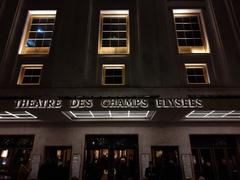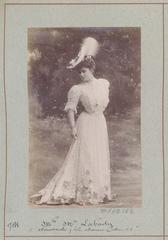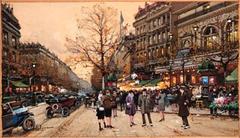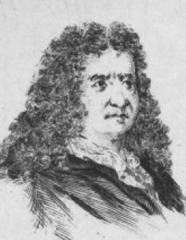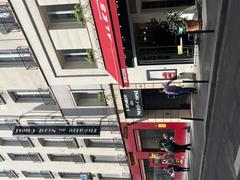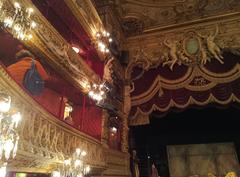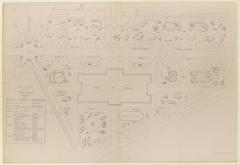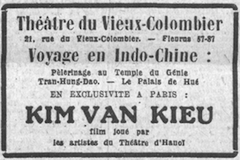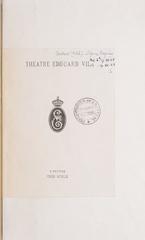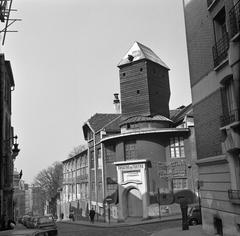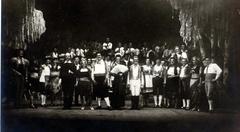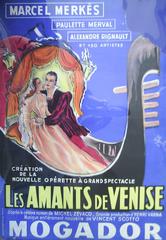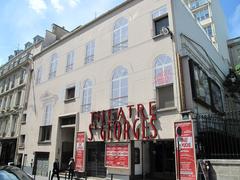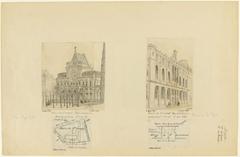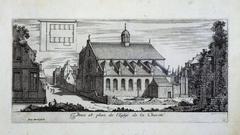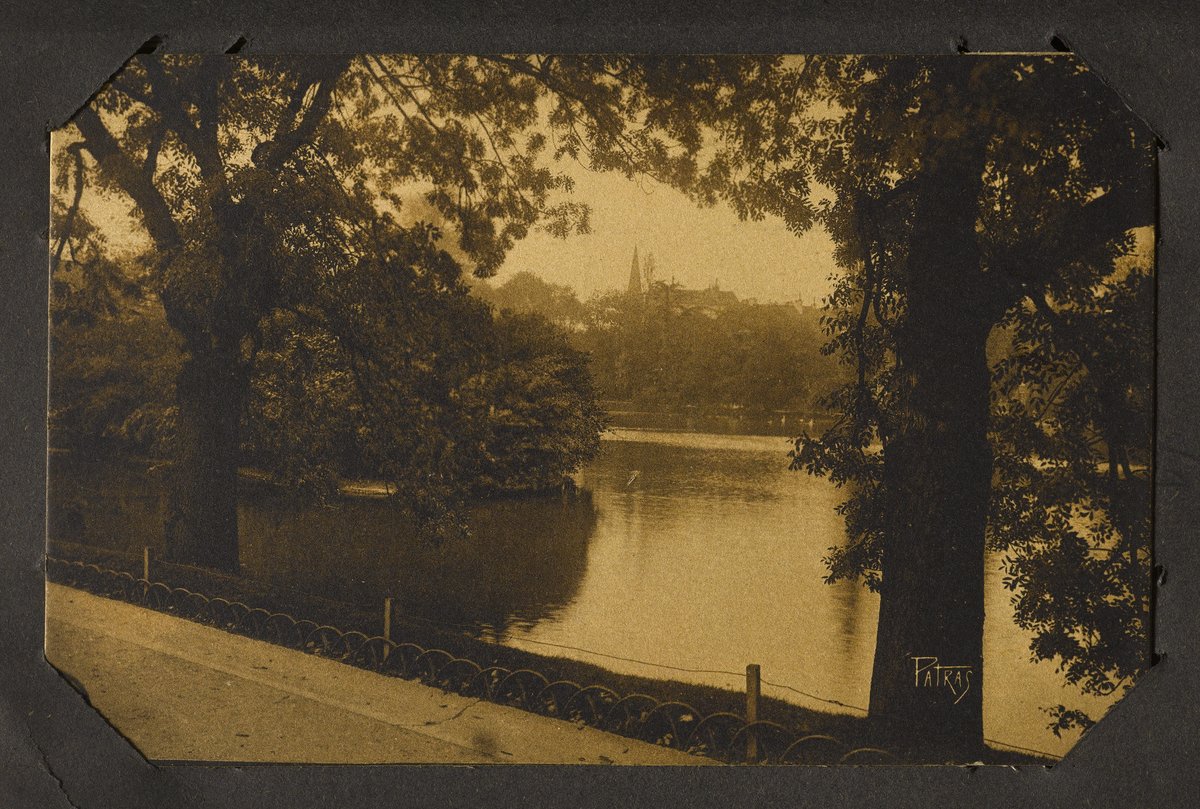
Visiting Parc Montsouris: Hours, Tickets, and Tips
Date: 17/07/2024
Introduction
Nestled in the southern part of Paris, Parc Montsouris is a captivating blend of historical significance, artistic beauty, and natural splendor. Unlike the iconic Eiffel Tower or the Louvre Museum, this green oasis provides a tranquil escape from the bustling city life, offering visitors a unique glimpse into Parisian history and culture. For centuries, the land that Parc Montsouris occupies served as a site for limestone quarries, supplying the raw material for many of Paris’ iconic buildings. This extraction left the area scarred and uneven, a stark contrast to its present-day serenity.
The transformation of these quarries into a park began in the mid-19th century under the ambitious vision of Baron Georges-Eugène Haussmann, who was tasked by Emperor Napoleon III with modernizing Paris. Inspired by London’s parks, Haussmann sought to create vast green spaces to improve the city’s living conditions and provide recreational areas for its growing population (Britannica). Today, Parc Montsouris stands as a testament to Haussmann’s vision and the artistry of landscape architect Jean-Charles Alphand. The park showcases a harmonious blend of natural elements and architectural features, including winding paths, an artificial lake, cascading waterfalls, and even a replica of an Algerian palace, the Palais du Bardo. Beyond its aesthetic appeal, Parc Montsouris also holds scientific and cultural significance, housing the Bureau International des Poids et Mesures since 1875. Whether you’re seeking a peaceful retreat, a family outing, or a cultural experience, this beloved park offers something for everyone.
Table of Contents
- [Introduction](#introductionintroduction)
- [From Quarries to Green Space](#from-quarries-to-green-spacefrom-quarries-to-green-space)
- [The Vision of Baron Haussmann](#the-vision-of-baron-haussmannthe-vision-of-baron-haussmann)
- [The Birth of a Park](#the-birth-of-a-parkthe-birth-of-a-park)
- [A Landscape of Design](#a-landscape-of-designa-landscape-of-design)
- [A Hub for Science and Culture](#a-hub-for-science-and-culturea-hub-for-science-and-culture)
- [A Place for Parisians](#a-place-for-parisiansa-place-for-parisians)
- [Facing Modern Challenges](#facing-modern-challengesfacing-modern-challenges)
- [Visitor Information](#visitor-informationvisitor-information)
- [Visiting Hours](#visiting-hoursvisiting-hours)
- [Tickets](#ticketstickets)
- [Travel Tips](#travel-tipstravel-tips)
- [Nearby Attractions](#nearby-attractionsnearby-attractions)
- [Accessibility](#accessibilityaccessibility)
- [Special Events and Guided Tours](#special-events-and-guided-toursspecial-events-and-guided-tours)
- [Photographic Spots](#photographic-spotsphotographic-spots)
- [Conclusion](#conclusionconclusion)
- [FAQ](#faqfaq)
- [References](#referencesreferences)
Parc Montsouris - History, Visiting Hours, and Tickets
Introduction
While the Eiffel Tower and Louvre Museum might be what first come to mind when thinking of Paris, Parc Montsouris offers a different kind of Parisian experience. This sprawling green oasis wasn’t always a place of leisure. Its history is intertwined with the city’s evolution, making it a fascinating destination for those seeking to delve deeper into the Parisian story. This article covers the history of Parc Montsouris, its visiting hours, ticket information, and tips for making the most of your visit.
From Quarries to Green Space
The land that Parc Montsouris occupies has a past far removed from its present tranquility. For centuries, it served as a site for limestone quarries, providing the raw material for many of Paris’ iconic buildings. This extraction, however, left the area scarred and uneven.
The Vision of Baron Haussmann
The transformation of the quarries into a park began in the mid-19th century under the ambitious vision of Baron Georges-Eugène Haussmann (Britannica). Tasked by Emperor Napoleon III with modernizing Paris, Haussmann sought to create vast green spaces inspired by London’s parks. Parc Montsouris, along with other notable parks like Parc des Buttes-Chaumont and Parc Monceau, was part of this grand plan to improve the city’s living conditions and provide recreational areas for its growing population.
The Birth of a Park
The design of Parc Montsouris was entrusted to landscape architect Jean-Charles Alphand, another key figure in Haussmann’s urban renewal project. Alphand envisioned a landscape that artfully blended natural elements with architectural features. Construction took place between 1867 and 1878, a period marked by significant upheaval in France, including the Franco-Prussian War and the Paris Commune.
A Landscape of Design
Parc Montsouris, upon completion, showcased Alphand’s signature style. He incorporated winding paths, a large artificial lake, cascading waterfalls, and even a replica of an Algerian palace, the Palais du Bardo. This eclectic mix of elements aimed to transport visitors to different parts of the world without leaving the city limits.
A Hub for Science and Culture
Beyond its aesthetic appeal, Parc Montsouris also became a site for scientific exploration. The Bureau International des Poids et Mesures (International Bureau of Weights and Measures) established its headquarters within the park in 1875. This organization, dedicated to maintaining global standards of measurement, continues to operate from its iconic pavilion in the park to this day.
A Place for Parisians
Throughout the late 19th and 20th centuries, Parc Montsouris cemented its place in the hearts of Parisians. It became a popular destination for leisurely strolls, picnics, and boating on the lake. The park’s open spaces provided a welcome respite from the bustling city, attracting people from all walks of life.
Facing Modern Challenges
Like many urban parks, Parc Montsouris has faced challenges in recent decades. Issues like pollution, overcrowding, and the need for renovation have required ongoing attention. However, the city of Paris has undertaken significant efforts to preserve and enhance the park, ensuring its continued enjoyment for future generations.
Visitor Information
Visiting Hours
Parc Montsouris is open daily from 7:00 AM to 9:00 PM.
Tickets
Entry to Parc Montsouris is free of charge.
Travel Tips
The park is accessible via several metro lines, with the nearest station being Cité Universitaire (RER B). It’s advisable to visit early in the morning or late in the afternoon to avoid crowds.
Nearby Attractions
The park is close to the Cité Internationale Universitaire de Paris, which is worth a visit for its diverse architectural styles and cultural events.
Accessibility
The park is wheelchair accessible, with paved paths and ramps available throughout.
Special Events and Guided Tours
Parc Montsouris hosts various events throughout the year, including outdoor concerts, art exhibitions, and seasonal festivals. Guided tours are available and can be booked through the park’s official website.
Photographic Spots
The artificial lake, Palais du Bardo, and the winding paths offer excellent opportunities for photography. Early mornings and late afternoons provide the best lighting for capturing the park’s beauty.
Conclusion
Today, Parc Montsouris stands as a testament to Haussmann’s vision and Alphand’s artistry. It remains a beloved green space, attracting locals and tourists alike. Whether seeking a peaceful escape, a glimpse into Parisian history, or simply a breath of fresh air, a visit to Parc Montsouris offers a unique and rewarding experience.
FAQ
What are the visiting hours for Parc Montsouris?
Parc Montsouris is open daily from 7:00 AM to 9:00 PM.
Is there an entry fee for Parc Montsouris?
No, entry to Parc Montsouris is free of charge.
How do I get to Parc Montsouris?
The park is accessible via several metro lines, with the nearest station being Cité Universitaire (RER B).
Are there guided tours available?
Yes, guided tours can be booked through the park’s official website.
Is Parc Montsouris wheelchair accessible?
Yes, the park is wheelchair accessible with paved paths and ramps available throughout.
